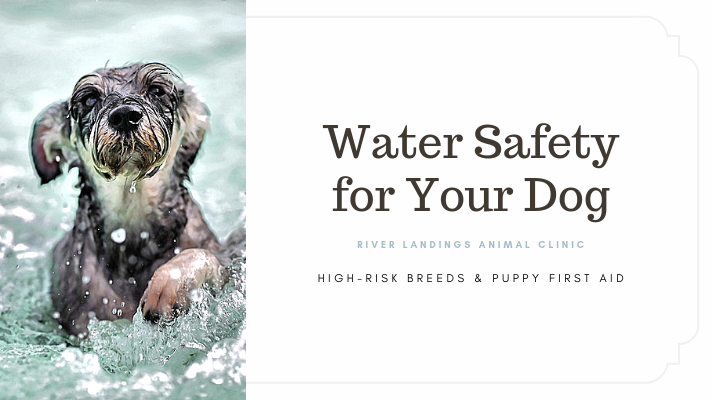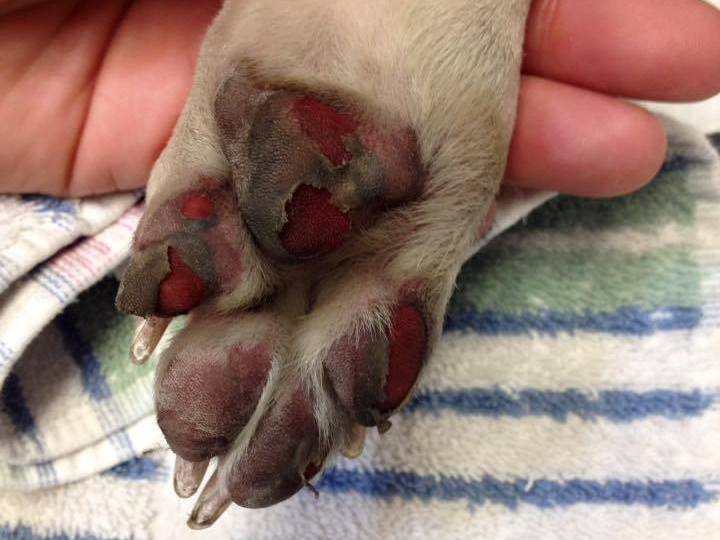Cats and hot weather don't always go well together.
During the summer months, cats are just as at risk of dehydration and heatstroke as the rest of us.
These are serious conditions that can lead to illness and even death. Here are some steps on how to cool your cat down and how to keep your cat cool in hot weather.
Make sure your cat has plenty of water.
It’s common sense but you should check your cat’s water bowl regularly and fill it up whenever it’s low. Cats can’t survive for long without it.
Ensure there’s a shaded spot in your garden or yard.
If you have an outdoor cat and there are no naturally occurring shady spots in your garden, create one by placing some cloth or cardboard over an area to keep the sun out. Also, make sure you check outdoor buildings like sheds and greenhouses before shutting them as cats often get locked in accidentally overnight.
Brush your cat daily.
Matted hair traps heat so give them a daily groom if possible. This is especially important for long-haired cats.
Keep cats out of conservatories and greenhouses.
These areas can get dangerously hot even when the weather just feels warm. Bear in mind that they both exclude cooling breezes and magnify the heat. Cats are also prone to getting accidentally trapped in conservatories and greenhouses (curiosity truly can kill the cat).
Use damp towels to cool down your cat.
The warmest part of a cat’s body is their tummies, the pads of their paws, their armpits, under their chin and on the outside of their ears. Although most cats hate getting wet, try dampening a cloth with cold water and gently stroking your cat with it from their head and down their back.
Keep your cat calm.
A very active cat that is running around on a hot day will quickly become exhausted and dehydrated. Encourage your cat to relax when temperatures outside are soaring.
Create a retreat.
Cats are clever when it comes to comfort and they will seek out places such as the bath or sink as these often stay cool even when it’s hot outside. You could also try creating a cool and darkened indoor retreat for them to sleep in and feel safe. A top tip is to place a cardboard box on its side and position it somewhere cool and quiet in the house, such as behind a chair or on a cool surface like a wooden floor. Line it with a breathable natural fabric such as a cotton towel.
Keep outdoors cats indoors.
If temperatures really soar, then it’s worth considering keeping your cat inside during the hottest hours of the day.
Take care in the car.
It’s less common for cats to travel in cars than dogs, but they are just as susceptible to the risks. If you are taking your cat to the vets or a cat show, for example, never leave them in the car. Always make sure their carriers are secure, shaded and allow air to circulate. Solid plastic boxes with a secure wire mesh door are preferable.
Encourage cool play.
Ice cubes are a great way for cats to play and keep cool at the same time. Put a few on the floor so they can chase them as they scatter around the floor. Perhaps even consider flavoring the ice with a hint of chicken stock to encourage their interest.
Close the curtains.
Things that keep you cool will also benefit your cat — keeping curtains or blinds closed will keep the sun out.
Watch out for signs of heat stroke.
Although this generally only occurs on really hot days, it’s worth being aware of. Symptoms of heat stroke can include agitation, stretching out and breathing rapidly, extreme distress, skin hot to the touch, glazed eyes, vomiting and drooling. If you’re at all worried about your cat, contact your vet immediately.
Circulate cool air.
Open the windows, turn on a box fan or keep air conditioning at a reasonable temperature. Your cat will appreciate having a cool place to relax indoors if it’s scorching outside.
Cats and hot weather could mean sunburn.
Don’t forget cats are susceptible to sunburn, particularly those with white ears and noses. This can lead to painful blistering and sores, and long-term exposure can lead to skin cancers. It is possible to buy pet sunscreen to apply to the hairless areas on the end of the ears and nose. It’s also advisable to keep white-faced cats indoors during the heat of the afternoon.
Hear From Us Again
Don't forget to subscribe to our email newsletter for more recipes, articles, and clinic updates delivered to your inbox (here). Or, you can keep up to date by liking and following our Facebook page (here).
Related: We have more information under our cat health tags.







